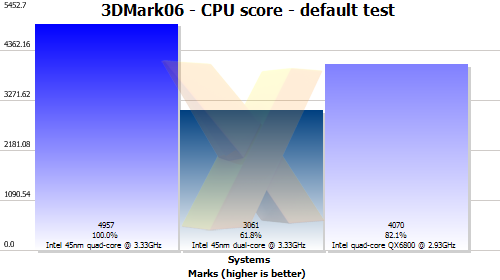So, if serial numbers correlate to actual production, then eterna produced just over 100k watches a year during the 'golden age' of the 50s and 60s. Compare this with omega which produced over 700k watches a year during that same timeframe. Eterna chose to date their watches by movement numbers instead of serial numbers because they changed movement numbers so often as demonstrated by the fact that in 1961 alone, there are 9 movement numbers.
 Those who have spent some time browsing through this website will have gleaned that we are very interested in the technical evolution of the luxury wristwatch. From the pioneer days of World War I right up until the mid-1970s, there was a steady stream of innovations that filtered through to the products supplied by the top tier Swiss houses to the general public. The watches that featured these landmark developments are of great historical significance and because of this, we feel that they make very safe investments in the portfolio of any collector. For however long there is an interest in wristwatches, models like the Harwood, the first self-winding wristwatch, the early Rolex Oyster, the first really useable waterproof release and the Breitling Navitimer Chronomatic, the earliest automatic chronometer, will always be regarded as highly desirable.
Those who have spent some time browsing through this website will have gleaned that we are very interested in the technical evolution of the luxury wristwatch. From the pioneer days of World War I right up until the mid-1970s, there was a steady stream of innovations that filtered through to the products supplied by the top tier Swiss houses to the general public. The watches that featured these landmark developments are of great historical significance and because of this, we feel that they make very safe investments in the portfolio of any collector. For however long there is an interest in wristwatches, models like the Harwood, the first self-winding wristwatch, the early Rolex Oyster, the first really useable waterproof release and the Breitling Navitimer Chronomatic, the earliest automatic chronometer, will always be regarded as highly desirable.
We have advised our customers to purchase these key models for more than twenty-five years and so far, those that have followed this route have seen a very impressive return on their outlay. This very attractive gentleman’s Eterna-Matic from 1952 fits squarely into the bracket of an important model and we cannot recommend it too strongly. Eterna was founded in 1856 and is probably best known today for its offshoot ETA, the corporate movement maker that supplies almost everyone, from IWC, Rolex and Longines through to Omega, with raw, unfinished movement blanks that can then be processed and refined as required. The situation is complex and too detailed to be dealt with in this description, but basically, Swiss law limits the activities of those brands selling complete watches in the field of movement-only supply in order to prevent monopolies emerging. So Eterna sold finished watches under its own name and, in a rather contrived way, set up ETA as a legally separate entity, operating from the same facility, enabling the latter to sell movements to other concerns. What we do notice is that a common pattern developed, with the latest advances appearing first on Eterna watches, before these were applied to ETA movement production some time later. It would be an exaggeration to say that Eterna was a test bed for ETA, but clearly the lower volumes of manufacture involved with Eterna meant that it was realistic to experiment with new ideas before the financial commitment was made to gear up for large scale release of essentially the same products in ETA form.

The watch here is so interesting because it contains the final revision of the first version of movements to ever have their automatic winding rotors pivoted on ball bearings, this being done to dramatically reduce friction, enabling the rotor to turn with the slightest motion of the wearer’s wrist. Ball bearing mounts are something now found as standard on all high quality modern self-winding watches, but they were invented by Eterna. This arrangement first appeared on a movement for a man’s watch in 1950 with the launch of calibre 1247.
The model here is calibre 1247 UC, which was the up-rated version of the 1247 with the addition of improved shock protection. The total production span of the 1247 family in all its forms was only four years and finding a good, all original example of this movement for inclusion in a serious collection is not easy. The UC is regarded as the most sophisticated of these units and, condition being equal, is worth paying a slight premium to acquire. While the purchaser of this item will undoubtedly buy it because of the historical importance of its movement, the rest of the watch should not be overlooked. Its styling is classical and very evocative of its era of production. The wide lugs are something that immediately suggests the late 1940s and early ‘50s and if we could only see this watch in silhouette without knowing its brand, we would almost certainly incorrectly identify it as an Omega Seamaster from the same period. It is very interesting how, rather like high street fashion shops adopting a particular look for a season, the major Swiss watch makers often competed with models that had a very similar appearance.